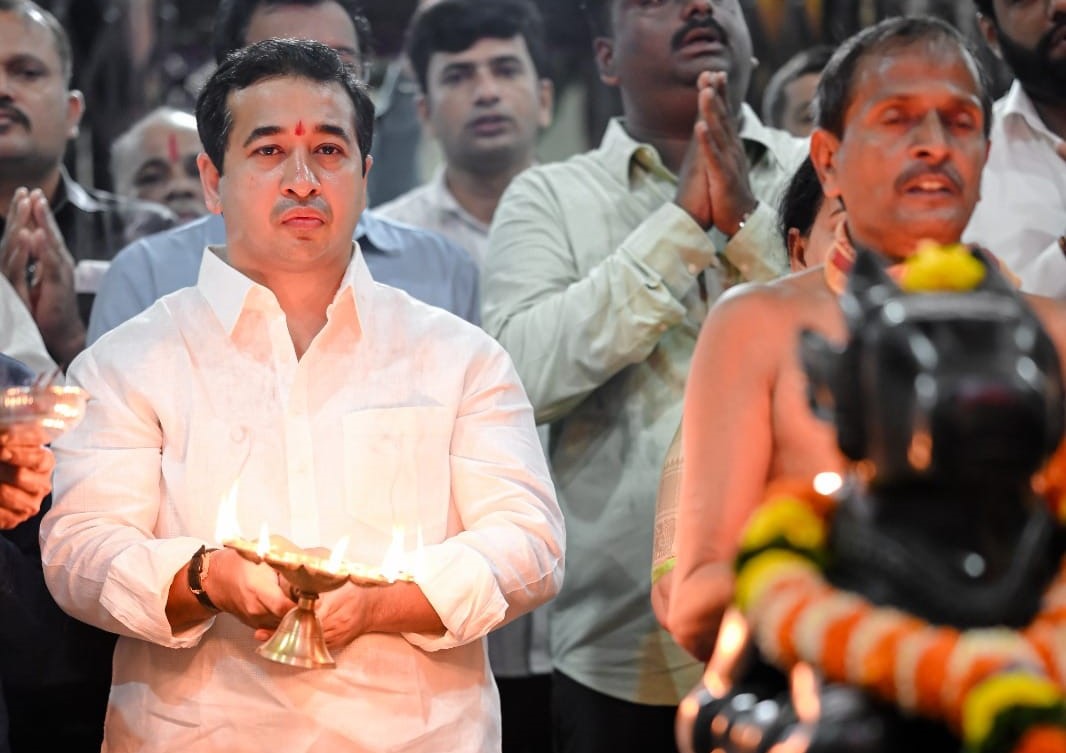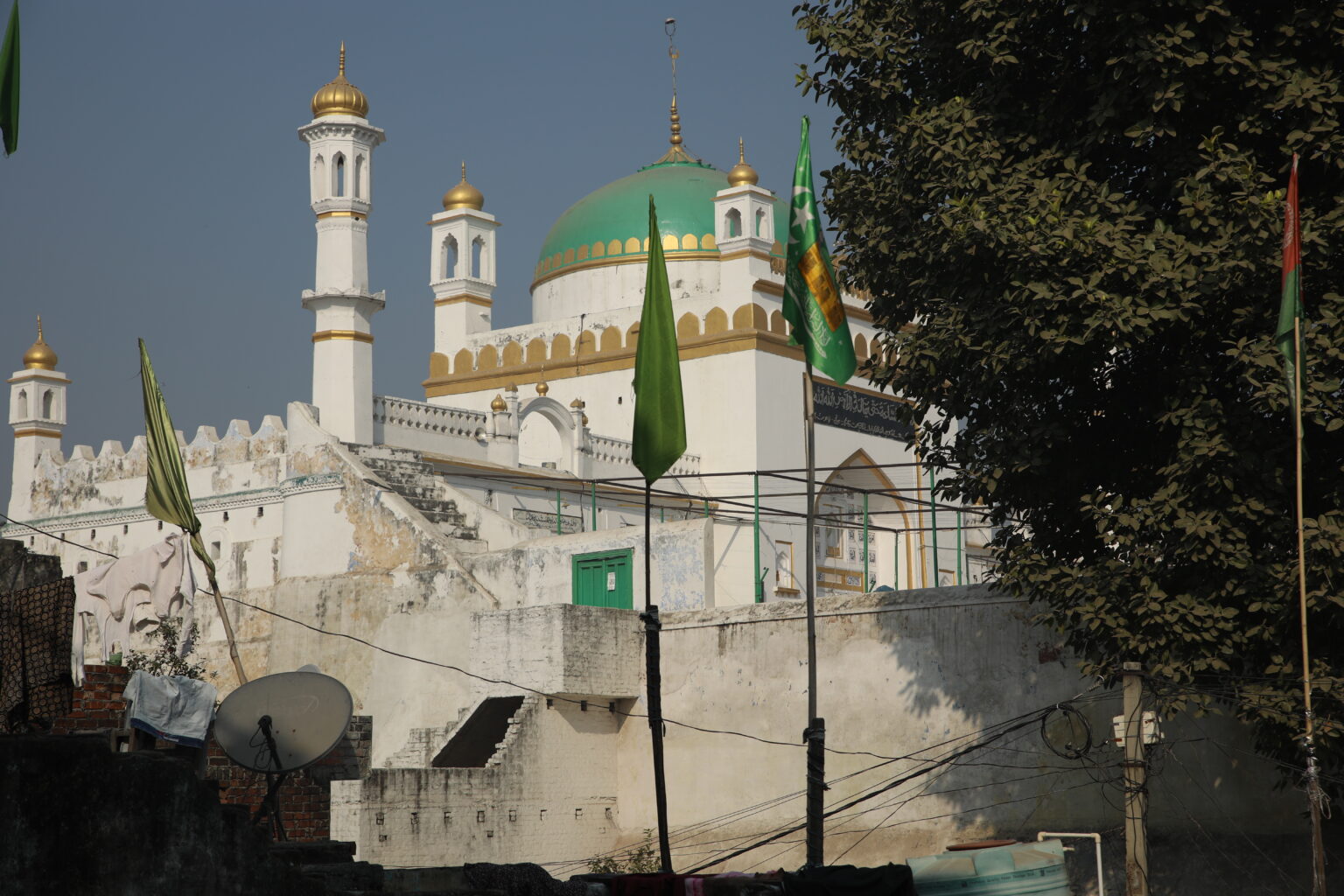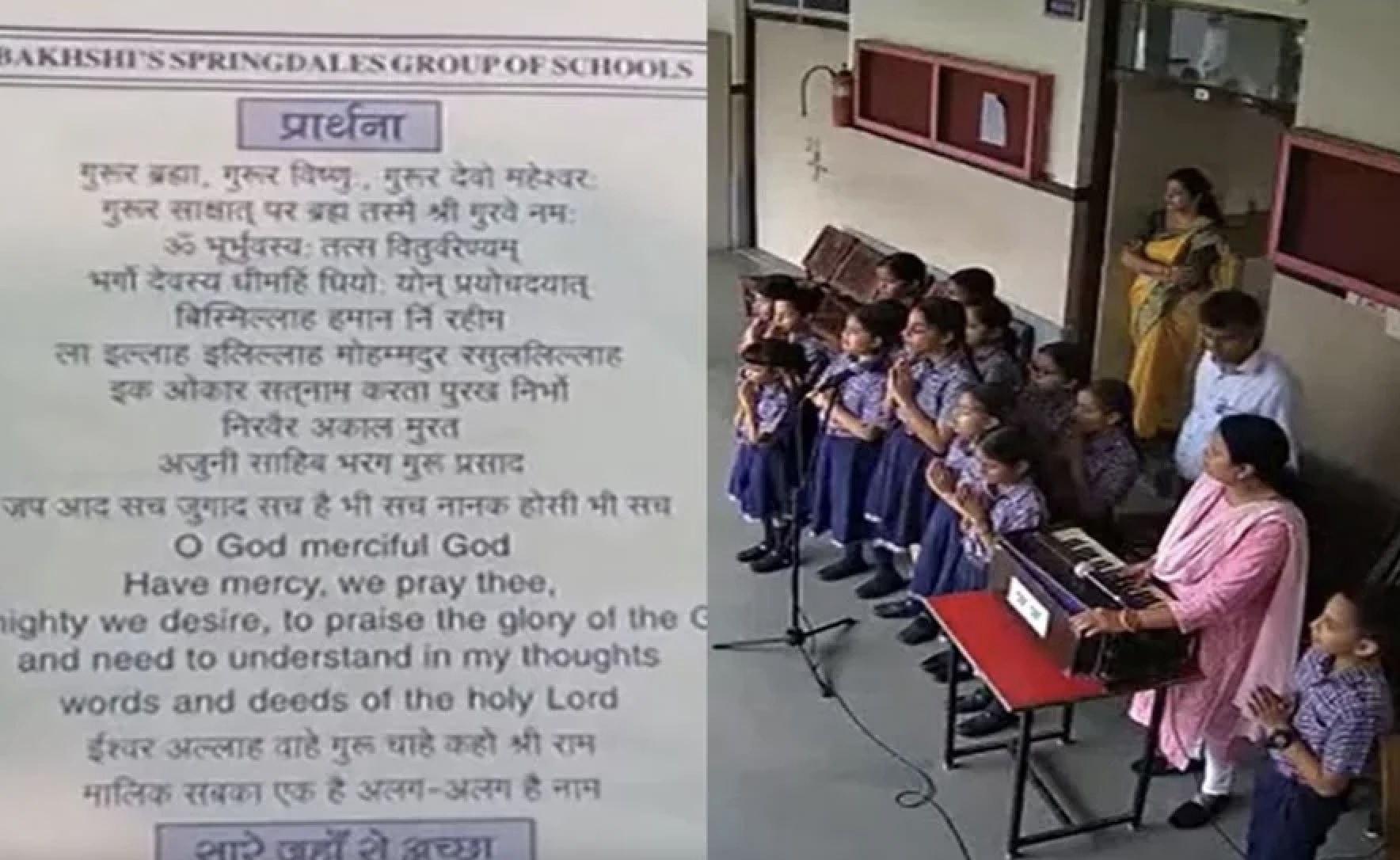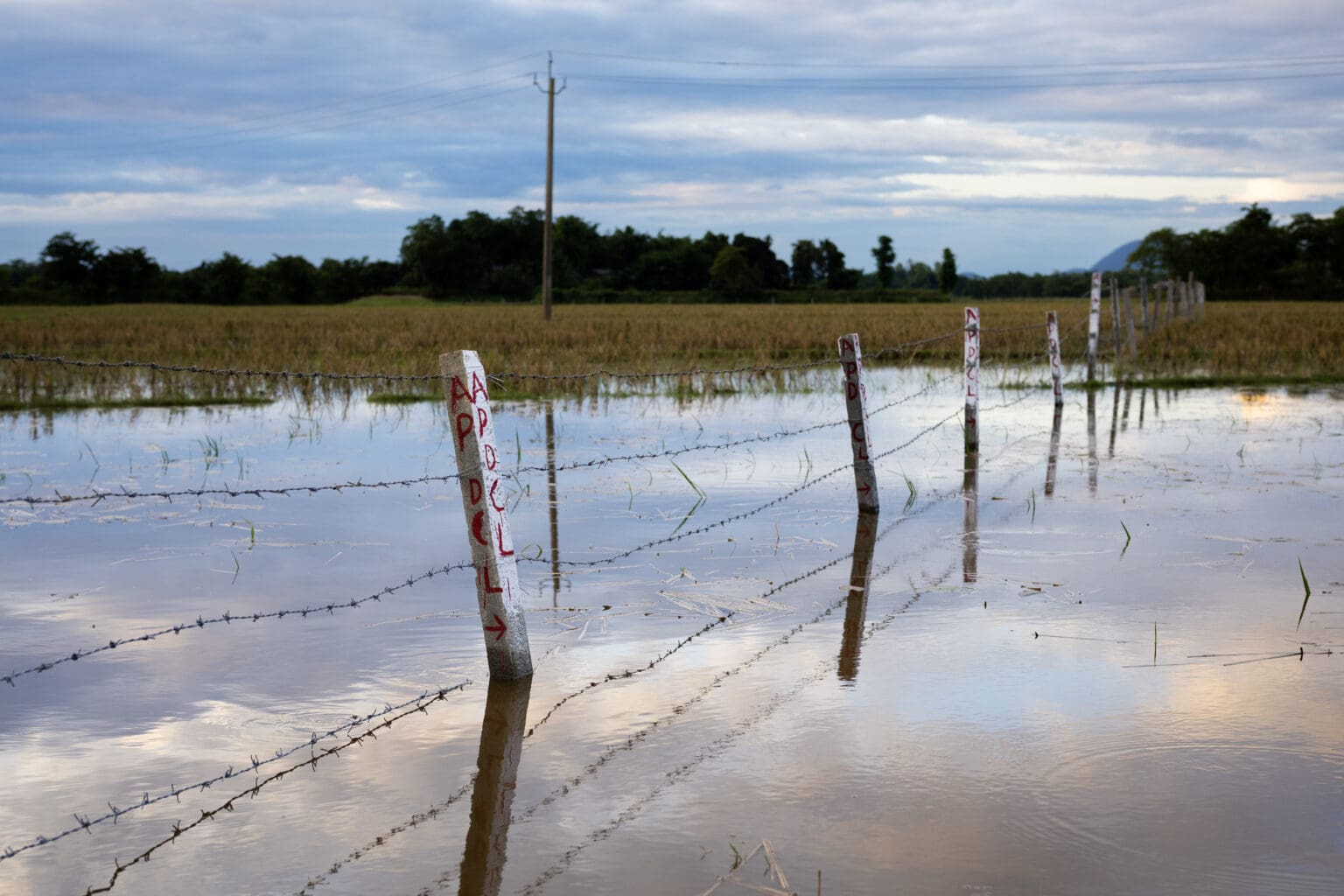The Hindu right wing has remained a reactionary force towards the Dalits, Adivasis, Muslims, students, feminists and other marginalised communities. Their democratic demands and claim for equal rights are seen as a challenge to the conventional authorities and civilisational heritage of the Hindus. In the current context, the right-wing forces have targeted these social and civil society groups with a xenophobic hatred and have condemned them as “anti-national” gangs. The union government, instead of engaging with the democratic demands of the struggling people, has often tried to relegate them as ‘‘enemies of the nation’’ or mocked them as petty rabble-rousers. Under the Hindutva regime, democracy is becoming more agonistic and conflictual, whereas the power of the state has become more communal and ethnocentric.
There is a visible deprivation in national economy today; however the current national regime has offered no effective resolutions. In desperation the marginalised and poor communities have decided to show their fists of protests. The deadlock with the protesting farmers at the borders of the national capital visibly suggests that the government is unwilling to backtrack from its pro-corporate agrarian agenda. In sheer desperation, its media managers have started condemning the massive protests by claiming that the Haryana and Punjab farmers are working under the influence of ‘‘Khalistan,’’ Maoists or anti-national tendencies. The right wing had adopted such tactics to belittle and mock the earlier protests by Dalits, Muslims and the students too.
This story first appeared on epw.in






